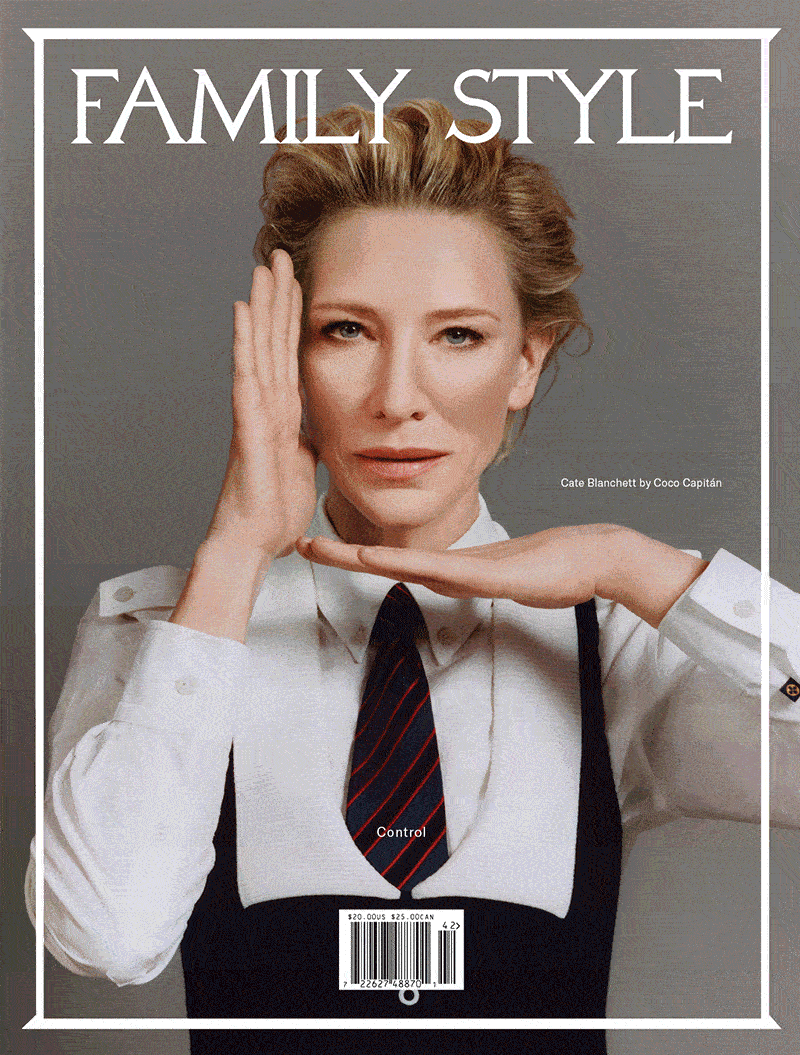
Łukasz Stokłosa’s exhibition, “Elegies,” at the Wawel Royal Castle in Krakow is a landmark event—not just in the artist’s career, but in the broader dialogue between contemporary art and Poland’s own historical narrative. As the first living artist invited to present an exhibition within the storied walls of the castle, Stokłosa brings a new but not entirely unfamiliar voice to a space that is steeped in centuries of Polish monarchy, legend, and national identity. The dimly lit halls, unexpected placement of the work, and interplay between modern pigment and ancient stone all conspire to create an atmosphere both reverent and almost ominous. For visitors, the experience is less like entering a gallery and more like stepping into a memory—one that is not entirely their own but uncannily familiar.
Built in the 13th century, Wawel served as the seat of Polish kings until 1795, when the castle fell under foreign control. Its stone walls and baroque chambers have witnessed pageantry, betrayal, rebirth, and decay, serving as a touchstone of identity in times of both sovereignty and occupation. Today, Stokłosa’s singular approach to his subjects opens a dialogue between the past and present, challenging the way society continues to conflate wealth and status with authority.

A rising star in the art world Stokłosa has often been singled out for his perspective as a queer painter, and the timing of his solo exhibition on the national stage could not be more prescient. It comes as the Polish government transitions into an era of new leadership under conservative nationalist Karol Nawrocki, just as Hungary's parliament has passed an amendment allowing the government to ban public events by LGBTQ+ communities. The platforming of an artist who has spent the last decade indiscriminately mining European history, pop culture, and gay pornography feels like a stealth victory for those championing Poland as a burgeoning cultural center.
Born and raised in a small town in Poland, the 38-year-old artist understands the weight of this intervention. His work not only adorns the castle walls, but interrogates the iconography of European monarchy within its private, nearly century-old collection. “I become obsessed with these objects and trying to understand what they meant then, what they mean now, and how we might all be doomed to live within a cycle of historic repetition," he says.

In the ornate armor worn by a knight in Maximilian II, 2024, the fur-lined mantle in Coat of Sobieski, 2023, or the diamond and emerald encrusted breast star in ‘Order of the Holy Spirit’, 2023, the artist offers depictions of royal artifacts that traded hands over centuries. Here these objects, which have been preserved as historic touchstones are stunningly re-rendered but stripped of context. With the viewer left to fill in the blanks, these trophies can only be considered on their respective surfaces, rendering their mythos null, for better or for worse. In Stokłosa’s world, power is not defined by crowns or court dress; it is ephemeral, shifting, often invisible.
Throughout his practice, Stokłosa has explored how power has been represented through historical symbols: opulent garments, lavish interiors, equestrian portraits, and rituals of control and inheritance. Rather than romanticizing these symbols, he renders them ghostlike, destabilized. The seductive visuals of his paintings—often blurred, dark, and dreamlike—suggest not the triumph of power, but its hauntings. These images echo through time, reminding us how little has changed beneath the glamorous veneers. In doing so, he asks us to consider how much of our understanding of power is based on illusion and performance.

By reframing historical motifs like palatial gardens and ornate crowns through a contemporary lens, the artist asks: What do we continue to worship in idolizing status? This question often extends beyond themes of monarchy to other worlds entirely: The 1980s American soap sensation “Dynasty,” has played an outsized role in both Stokłosa’s cultural literacy and appreciation for how money, power, and beauty compound in ways both stunning and grotesque. In his work you’re as likely to encounter Louis XIV’s bed frame as you are the canary yellow Cadillac that Tony Montana drives in Scarface (1983). These entry points are interchangeable by design. The figures in his paintings often appear isolated, as if caught between roles, profound and mundane, eternal and transient. This ambiguity is where Stokłosa triumphs in making us look twice, and then again.
“Elegies” is complimented by a well-lit vitrine of ephemera that further excavates the optics and fantasy inherent to royalty as a subject. Paparazzi photos of modern royals (Queen Elizabeth II and Princess Diana), are displayed alongside Disney castles and a Polish copy of Susan Sontag’s Notes on Camp. These breadcrumbs illustrate a tone and sensibility that those more familiar with Stokłosa’s oeuvre might find fitting: a playfulness and reverence for all things glamorous almost in spite of their otherwise foreboding qualities.

Stokłosa’s exhibition is a rare achievement: a personal vision that expands into universal relevance. It challenges the viewer to examine the scaffolding of power not as a fixed structure, but as a stage repeatedly constructed and performed. In its quiet but profound call to attention, the work moves beyond its aesthetic merits, asking us to examine our own attraction to all that glitters, extending to the artworks themselves. In whispering these truths within the storied halls of Wawel, the artist honors his heritage on this national stage, while springboarding toward a premise far wider in reach.
“Lukasz Stokłosa: Elegies” is on view through June 29 at the Wawel Royal Castle at Wawel 5, 31-001 Kraków, Poland.





